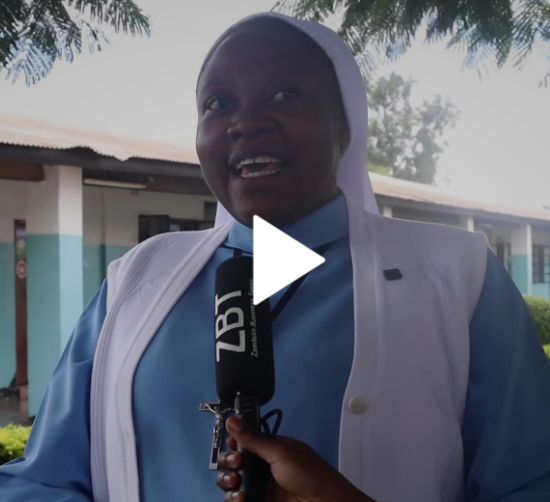The Bankers Association of Zambia – BAZ, says the increase in the minimum statutory reserve ratio will further reduce liquidity available to the commercial banks to lend and make profit noting that money that sits in the statutory reserve ratio does not earn any interest.
On the 6th of November 2023, the Bank of Zambia – BOZ announced through that effective Monday 13th November 2023, the minimum statutory reserve ratio on both local and foreign currency deposits, including government deposits and Vostro accounts deposits, will be increased by 3 percentage points to 14.5 percent from 11.5 percent. it was further stated that the revised statutory reserve ration of 14.5 will be based on the weekly return of selected assets and liabilities as of Wednesday November 8, 2023. The measure is aimed at relieving the persistent foreign exchange market pressure with a view to reining inflation.
Reacting to this, BAZ president Leonard Mwanza noted that if the banks are challenged in terms of having liquidity that they can lend, it will be a disadvantage for businesses that may need money from banks. He said this may further raise the cost of funds in the market. “To a business person, they might not borrow at the rate they were borrowing yesterday because of this decision. The rate may increase, but also the available funds that will be going to the market will reduce because of this statutory requirement to keep money on the statutory reserve ratio” said Mwanza.
Mwanza however noted that the overall picture is to term inflation and control the depreciation of the kwacha.
In an exclusive interview with the Zambian Business Times (ZBT), Mwanza said if the two objectives are attained and inflation starts coming down, it will reduce the cost of doing business. “If the kwacha can stabilize and appreciate because of this measure, it can also help to reduce the import cost for those in businesses, and just generally the price around things” said Mwanza. He said in the immediate sense and /or direct reaction, there will be a possible increase in the cost of funds on the market, and because of the scarcity, the flow of money that perhaps should have gone to support the economy, will be reserved under the statutory reserve ratio requirement.
Mwanza explained that among the tools the Central deploys to carry out its primary mandate of price stability in the financial markets are tools that help to contain inflation and align the kwacha to some form of stability. He said the statutory reserve ratio is one of the tools the Central Bank has at its disposal to help term inflation.
He mentioned three tools the Central Bank has at its disposal to help contain inflation. He said the Bank can either increase the statutory reserve ratio as has been done which is increasing it by a 3 percent margin. He noted that the last increment was 9 months ago when it was increased to 2.5 percent. “Within the year of 2023, the cumulative increase on the statutory reserve ratio is 5.5 percent. It has increased from 9 when we crossed the year to now 14 and half percent. It is basically a tool that the central bank can deploy to control the flow of liquidity in the market” said Mwanza. He noted that the action is meant to reduce the amount of liquidity that will be circulating within the market as banks will have to increase the amount of liquidity that they will be keeping in the statutory reserve ratio with Central Bank.
He said the other tool that can be deployed which is being used is on the open market operations to determine the interest rate at which money is borrowed on the interbank. He noted that the interbank rate is around 26 and half percent. The third tool he said is the monetary policy rate which is most common. He noted that there has been a year on year adjustment of 100 basis points on the monetary policy rate noting that it was 0.25 in February, 0.25 in June and 0.5 in August. “All these are measures which the Central bank can utilize with intent of carrying their primary function of financial sector price stability, but with an overall objective of containing inflation” said Mwanza. He noted that the country is far away from its target band of 6 to percent hence the measures to try and term inflation.
Mwanza noted that when the first increment was done for the statutory reserve ratio this year from 9 to 11.5 percent, inflation began moving to single digits until the second quarter going into the third quarter when it started going upwards. He noted that there was an accelerated increase in inflation for the months September and October which was a matter of concern. He said the measures the Monetary Policy Committee (MPC) took in August were meant to try and term inflation from moving away from the target band. “Even this particular measure, the tightening measure around liquidity speaks to the same thing in terms of what we want to achieve” said Mwanza.







